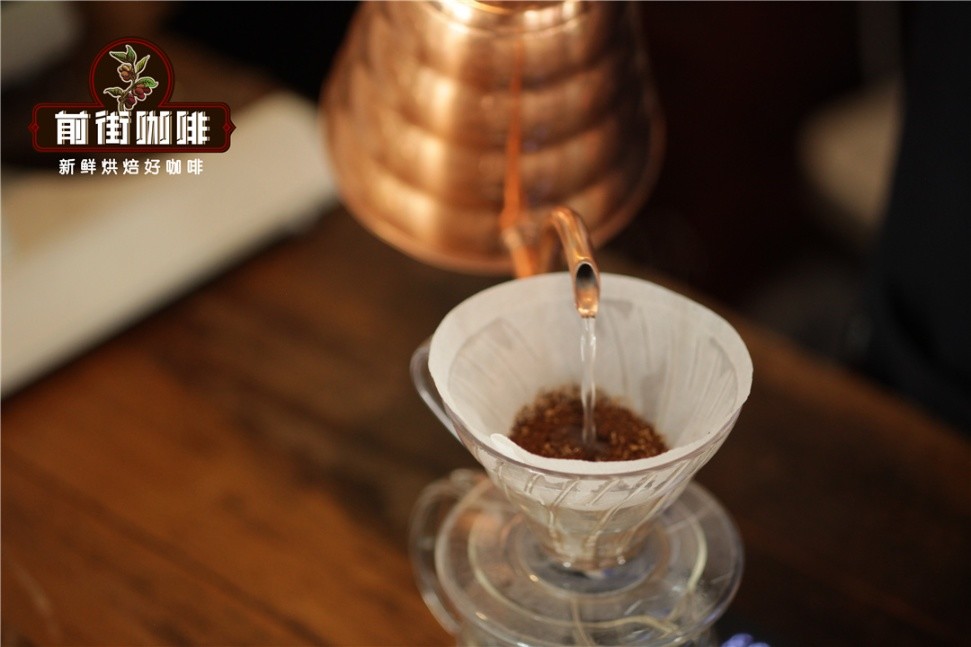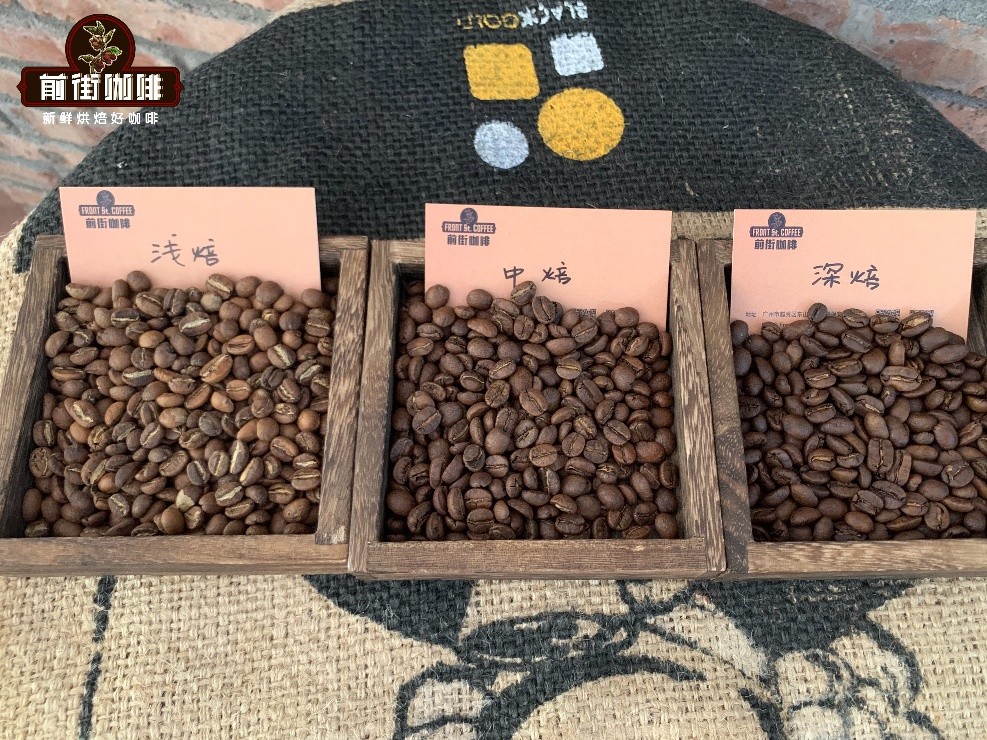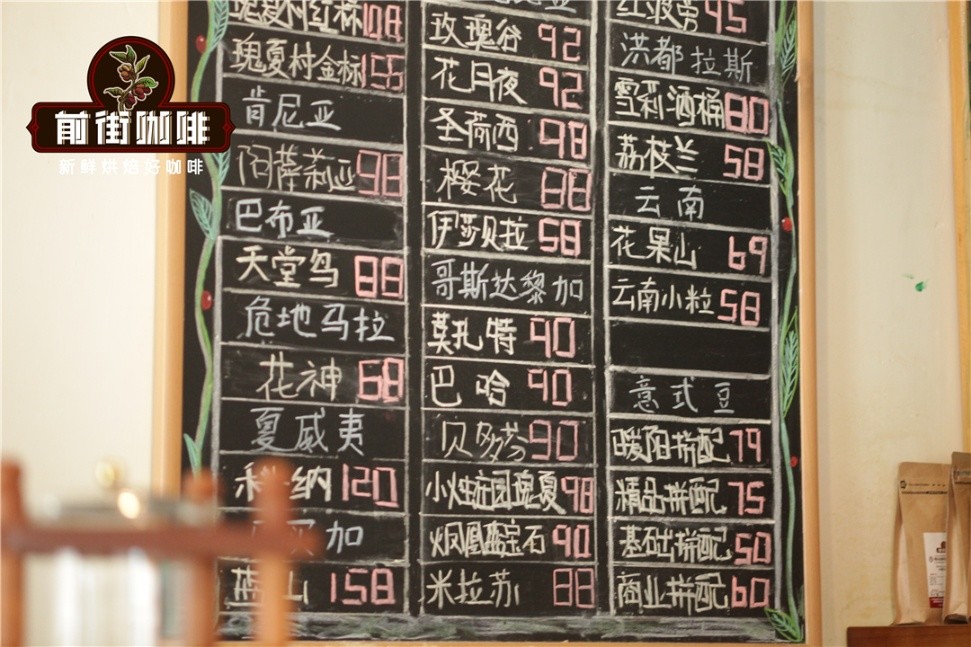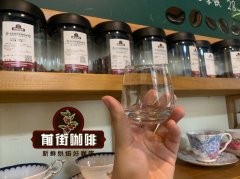The roasting degree of espresso beans what is the effect of different extraction methods on caffeine
Espresso is coffee? What's the difference between coffee and regular coffee? Selection of coffee beans and grinding degree
So... Espresso is coffee, right? Yes, that's right. A cup of regular coffee is different from an espresso.
But as mentioned earlier, espresso is a coffee brewing process that uses coffee grounds and hot water, your typical ingredient, so it is coffee.
Although the specific aspects of each conventional coffee brewing technology may be different, the basis is basically the same.
The ground coffee beans are soaked in hot water for a certain period of time to extract the soluble coffee into the water and become a coffee drink.
The difference between espresso and coffee is that in the case of espresso, a small amount of hot water is sprayed under high pressure through compacted and tightly packed ground.
This produces a more aromatic, thicker, caffeinated coffee than drinking drip coffee.
Due to the small amount of water and high pressure, the extraction time was shortened to only 30 seconds.
In addition, this high pressure cannot be replicated in your regular coffee maker to make authentic espresso.
An espresso machine must be used to make this magic coffee.

Coffee beans
Do you need espresso beans to make espresso? No, the main difference between espresso and regular coffee is the process of making coffee.
You can use any type of coffee beans to make espresso. In fact, even coffee shops may use the same beans to make espresso.
Traditionally, espresso is made from a mixture of Arabica beans and Robusta beans. Arabica coffee beans have long been considered superior to Robusta coffee beans because of their milder sweeter taste significant fruity aromas and lower acidity. However, mixing with Robusta is bitterer and bolder, with a more earthy background, helping to create a complex, full-mouthed, strong coffee flavor that fills the mouth with layers.
In addition, Robusta's bitterness is more popular with milk or cream mixtures.
Robusta also has more caffeine and produces more coffee oil, a delicious light-colored foam layer on top of espresso.
Crema is considered to be a reliable indicator of the brewing quality of espresso.

However, in the past few decades, many boutique coffee lovers have begun to use single-source coffee beans and try to use lighter, brighter espresso with fruity flavor.
The taste of espresso can now be diversified, full-bodied and constantly explored.
Traditionally, coffee beans recommended for espresso brewing are roasted more deeply than regular coffee (such as drip coffee, pour coffee and French pressed coffee).
The reason for deep baking is to remove acidity and increase oiliness, creating a more full-bodied flavor than light or medium baking. Like regular coffee, be sure to check the baking date. The freshly roasted coffee beans, the better the effect of espresso.
Grinding
Another difference between espresso and other coffee brewing techniques is the grinding size.
How did you get here? The process of making espresso is basically using coffee powder to shoot water under high pressure for 30 seconds, so you have to make the most of this short extraction time.
Similarly, when ground too finely, coffee comes into contact with water for much longer, leading to overextraction and sometimes even clogging the filter.
So which is stronger, black coffee or espresso? Most of the time, the answer is espresso.
This method and the roasting and grinding of espresso, espresso is stronger and fuller than black coffee, which usually uses lighter roasted and less finely ground beans.
Caffeine content
This is simply because it largely depends on:
The amount of coffee you drink is compared to the amount of espresso you drink
According to the study on the effects of different extraction methods, typical espresso or an ounce contains 121 milligrams of caffeine. Regular coffee contains only about 27 milligrams per ounce. So technically, espresso contains more caffeine than regular coffee, which explains why it is often called energy ingredient. However, you don't drink as much espresso as other types of coffee. In the United States, a typical cup of coffee weighs 4 to 8 ounces or more. So, using a 6-ounce cup, your caffeine intake will jump to 162 milligrams.
The brewing method of making "ordinary" coffee
According to the same study, different coffee extraction processes can lead to different concentrations of caffeine. For example, coffee brewed in a French kettle, AeroPress or V60 contains as little as 15 mg / oz of caffeine.
Important Notice :
前街咖啡 FrontStreet Coffee has moved to new addredd:
FrontStreet Coffee Address: 315,Donghua East Road,GuangZhou
Tel:020 38364473
- Prev

What is espresso? Three categories of espresso espresso: Ristretto Normale Lungo
What is espresso? Espresso is just a fancy way to put bitter black coffee into a small ceramic cup? It's close, but it's not right. In this article, as a coffee lover, the editor will explain what espresso is and the difference between espresso and regular coffee. So, what is concentration?
- Next

Will the different materials of the coffee cup affect the flavor of the coffee? Is it best to drink coffee from a ceramic cup?
Will different materials affect the flavor of coffee? You have chosen your favorite coffee bean. Starting from the source of the coffee bean, there seems to be nothing else to do but pour it into the cup and enjoy it. However, choosing the right container and the right material will be more important than you think. In order to fully enjoy your cup, you should make sure that the material you choose
Related
- Detailed explanation of Jadeite planting Land in Panamanian Jadeite Manor introduction to the grading system of Jadeite competitive bidding, Red bid, Green bid and Rose Summer
- Story of Coffee planting in Brenka region of Costa Rica Stonehenge Manor anaerobic heavy honey treatment of flavor mouth
- What's on the barrel of Blue Mountain Coffee beans?
- Can American coffee also pull flowers? How to use hot American style to pull out a good-looking pattern?
- Can you make a cold extract with coffee beans? What is the right proportion for cold-extracted coffee formula?
- Indonesian PWN Gold Mandrine Coffee Origin Features Flavor How to Chong? Mandolin coffee is American.
- A brief introduction to the flavor characteristics of Brazilian yellow bourbon coffee beans
- What is the effect of different water quality on the flavor of cold-extracted coffee? What kind of water is best for brewing coffee?
- Why do you think of Rose Summer whenever you mention Panamanian coffee?
- Introduction to the characteristics of authentic blue mountain coffee bean producing areas? What is the CIB Coffee Authority in Jamaica?

